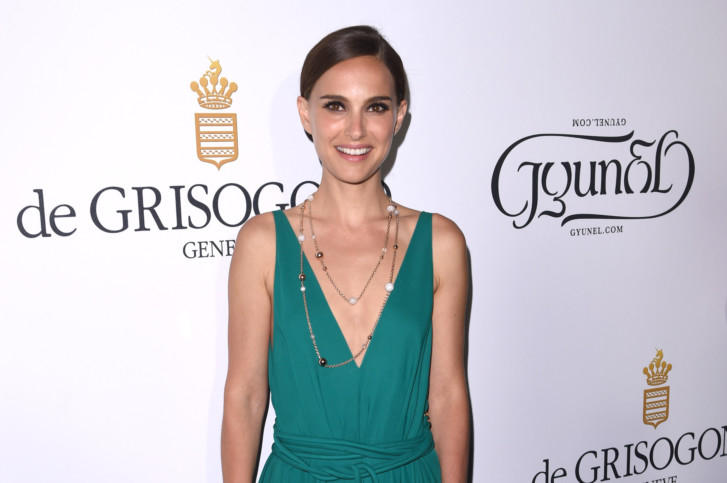
On Friday, Forbes released its annual list of the top-earning female actors in the world (it was updated this year to include stars beyond Hollywood).
The good news: two female titans of the US film industry, Jennifer Lawrence and Scarlett Johansson, would have made it into a combined male and female list of top-earning Hollywood stars.
The bad news: Forbes does not actually compile a list for all genders, and every other female actor in the world would have failed to make the top 20.
Is it any wonder that Boyhood’s Patricia Arquette highlighted gender pay disparity in her acceptance speech for best supporting actress at this year’s Oscars? She told the audience at the Dolby theatre in Los Angeles: “It’s time to have wage equality once and for all.”
The actor’s comments followed revelations in December that male stars Christian Bale and Bradley Cooper were paid nine per cent of the profits from David O Russell’s American Hustle, while co-stars Amy Adams and Jennifer Lawrence received seven per cent each, despite the fact that Lawrence is an Oscar winner.
Looking at Forbes’s male and female lists, it’s clear the problem isn’t going away any time soon. And yet, if the financial magazine wants to highlight the issue, it might consider dispensing altogether with a gender-based division that seems archaic and fails to make clear the appalling disparities in pay.
Forbes points out that a single list would include very few women, and says it publishes a separate Global Celebrity 100 list, which is not divided by gender and also takes in musicians and television stars. “We divide the highest-paid thespians into actors and actresses because a single list would be nearly completely male, and very long,” says the magazine’s entertainment staff writer Natalie Robehmed. “Only four actresses made north of $20 million [Dh73 million], while 21 [male] actors banked $20million-plus. In order to justly highlight the women who are at the top of their industry, we split the lists.”
It should be pointed out that Forbes does a great job compiling this data for the rest of us to wade through. A movie star list incorporating all genders would also presumably make for fewer headlines surrounding popular stars such as Angelina Jolie (top of the women’s list in 2013) and Sandra Bullock (top last year, following Gravity’s success).
But isn’t this exactly the point? A combined top 30, with only a handful of the high-profile female stars who take up column inches in newspapers and magazines across the world, would spotlight Hollywood and the wider global film industry’s attitudes towards women.
Is Jolie, who certainly gets more attention from the media than Brad Pitt, really worth only half her partner’s estimated $16 million? Can Adam Sandler, with earnings of $41 million between June 2014 and June 2015, really be worth more than Cameron Diaz ($11 million), Gwyneth Paltrow ($9 million), Meryl Streep ($8 million) and Sandra Bullock ($8 million) combined?
Experts say the pay disparity has its roots in the low number of lead roles for women in Hollywood fare. A recent study found that women are given less than one-third of speaking parts in top movies, with only 21 per cent featuring a female lead or co-lead.
And yet a combined Forbes list, showing just how badly female Hollywood stars struggle in comparison to their male counterparts, might just help. After all, which Hollywood executive would double down on the latest Sandler sausage fest, when they could most probably afford Scarlett Johansson, (almost) two Melissa McCarthys or an ensemble cast of Emma Stones, Natalie Portmans and Anne Hathaways for the same price?















